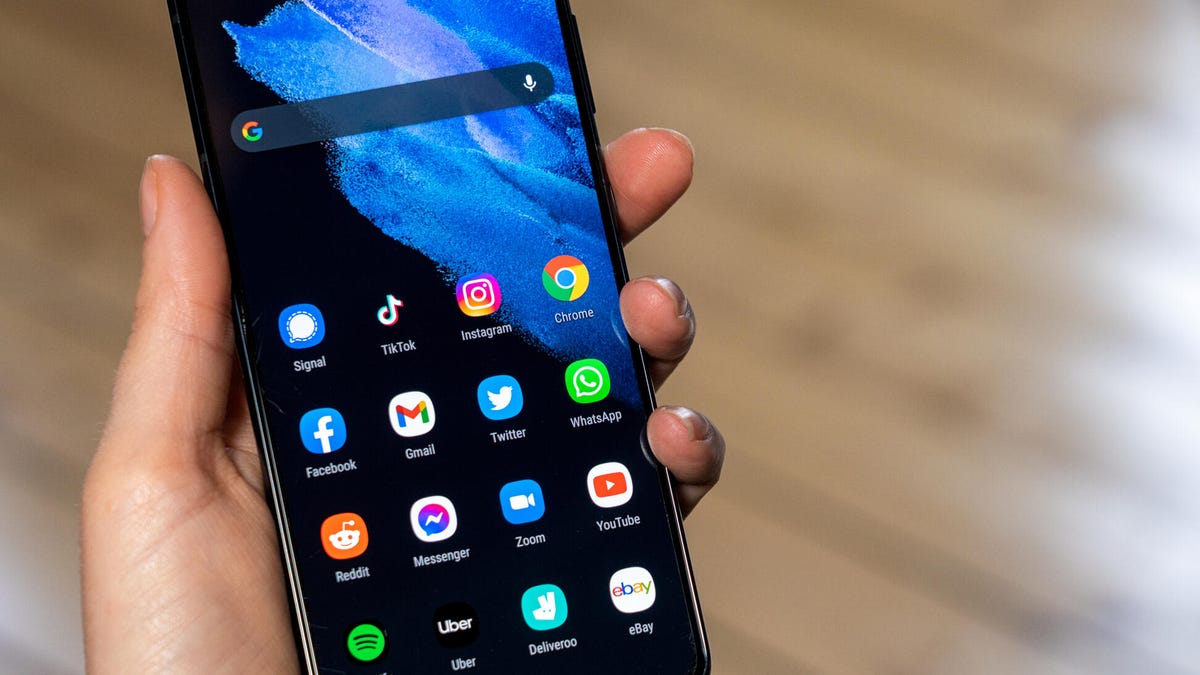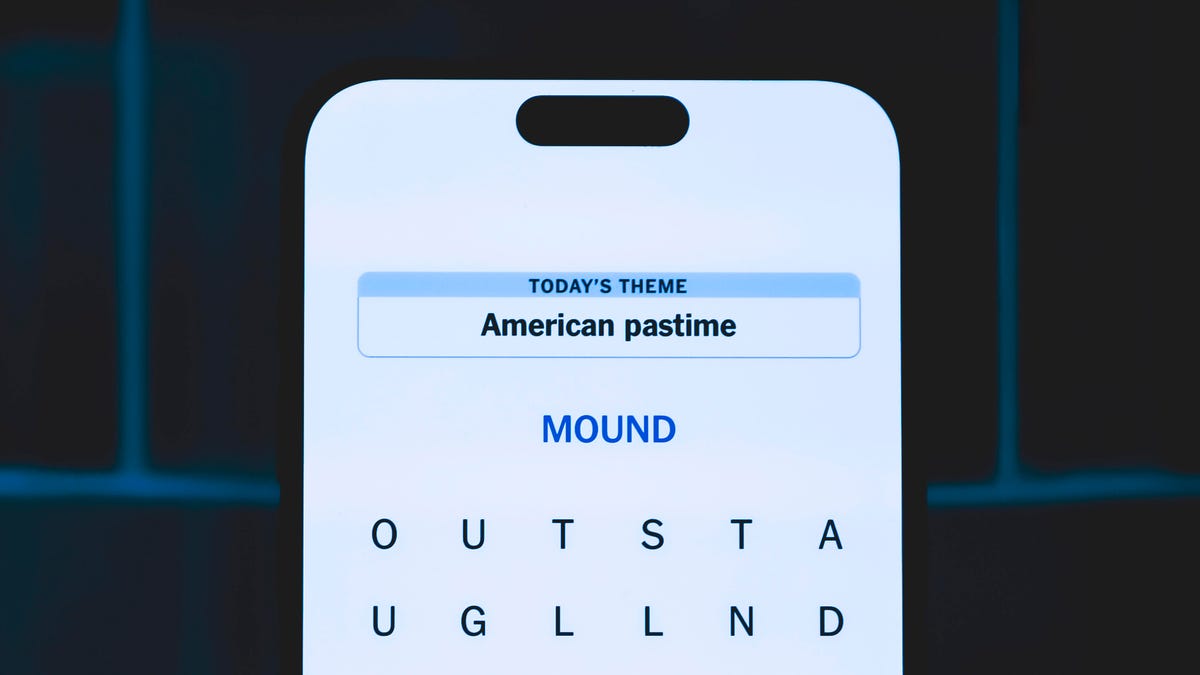Technologies
The Easiest Ways to Make Your Slow Android Phone Feel New Again
If your Android is slowing down, these quick performance tweaks can help.

If your Android is starting to lag so badly you’re tempted to throw it against a wall, hold off on spending hundreds of dollars on a new one. Let’s be brutally honest: your phone isn’t dying, it’s just suffocating under all the digital junk you’ve been hoarding.
Those constant freezes and apps that take forever to open aren’t a death sentence. Your phone is just bogged down by all the apps you never use, the countless old files you’ve forgotten, and all the mystery processes draining your battery in the background. And while you’re at it, you should probably just wipe down the physical phone itself-it’s almost certainly gross.
So, don’t give up on it yet. A few simple fixes are all it takes to clear out the clutter, boost its speed, and make your phone feel a whole lot less ancient.
Don’t miss any of our unbiased tech content and lab-based reviews. Add CNET as a preferred Google source on Chrome.
For more, check out our Samsung Galaxy S25 Ultra and Galaxy S25 Plus reviews.
Delete all of your forgotten apps
Take a few minutes to go through your home screen or app drawer and delete any and all apps you no longer use. Not only do those apps take up precious storage, but they also potentially have access to the personal information or permissions you approved when the app was first launched.
How you go about deleting an app can vary based on who makes your device, but I covered all the bases in this post. Give it a read if you don’t see an uninstall option after long-pressing on the app’s icon.
Eliminate old files to free up storage
After removing any old apps, free up more storage by going through the files saved on your Android phone. It’s far too easy to forget about all of the files you’ve randomly downloaded — like the takeout menu of the new place down the road or a GIF a friend sent. And those files add up. The quickest and easiest way to manage your phone’s storage is to use the Files app that comes preinstalled.
Actually, some phones use a variation of that same app. On Samsung, for example, it’s called My Files. On the Pixel lineup, it’s just Files. On the OnePlus 10 Pro, it’s File Manager — you get the point.
I recommend opening the app drawer on your phone and reaching for «files.» Odds are that will reveal whatever your phone-maker calls the app.
Start with checking the Downloads folder, where you can either delete the files you no longer want or move them somewhere like Google Drive.
Most file apps will also reveal any large files that are saved on your device. For instance, the OnePlus 10 Pro’s File Manager app has a dedicated section in the app for files that are taking up a lot of space.
Tweak home screen settings for a new look
One of the best parts of Android is how much you can customize the entire look of your phone. From installing app icon packs to completely replacing the launcher your phone uses, there are plenty of options to personalize your phone.
While you can definitely jump into tweaking launchers and installing app icons, start by digging into the home screen settings your phone already provides. I do this once in a while, and it’s surprising how subtle tweaks to aspects like app layout can make it feel like an entirely new phone.
Long-press on a blank area of your home screen, then select Home settings (or some variation of that). That will open the options for your home screen, where you can customize various settings.
Settings like the size of the app grid. It may seem like a small change to go from a grid of 4×5 apps to 5×5, but that extra column can make a big difference (the same can be said about shrinking the grid).
This is also where you’ll find settings for things like swiping down on the home screen to view notifications instead of having to swipe from the top of the screen.
Go through the respective settings your phone has and experiment with your home screen setup.
Optimize your device settings
Speaking of settings, now is a good time to go through and change any settings that have been annoying you. I have a roundup of settings you’ll want to change and customize on any Android phone to get the most out of it.
For example, turning on dark mode not only makes the app look better, but it also saves battery life. And yes, I even show you how to stop app icons from automatically appearing on your home screen.
Customize your privacy options
Before you take a break, do yourself and your Android phone one last favor — double-check your privacy settings.
Open the Settings app then tap Privacy > Permissions Manager. Go through each category to see which apps currently have access to which treasure trove of your personal data. Find an app you don’t want to have access to your location? Turn it off. The same goes for contacts, calendar or camera.
It doesn’t take long to go through each section, and even if it did, it’s well worth the effort.
Technologies
Today’s NYT Strands Hints, Answers and Help for Dec. 5 #642
Here are hints and answers for the NYT Strands puzzle for Dec. 5, No. 642.

Looking for the most recent Strands answer? Click here for our daily Strands hints, as well as our daily answers and hints for The New York Times Mini Crossword, Wordle, Connections and Connections: Sports Edition puzzles.
Today’s NYT Strands puzzle is a fun one, and the theme is interesting. Some of the answers are difficult to unscramble, so if you need hints and answers, read on.
I go into depth about the rules for Strands in this story.
If you’re looking for today’s Wordle, Connections and Mini Crossword answers, you can visit CNET’s NYT puzzle hints page.
Read more: NYT Connections Turns 1: These Are the 5 Toughest Puzzles So Far
Hint for today’s Strands puzzle
Today’s Strands theme is: Feeling peckish?
If that doesn’t help you, here’s a clue: Can I see a menu?
Clue words to unlock in-game hints
Your goal is to find hidden words that fit the puzzle’s theme. If you’re stuck, find any words you can. Every time you find three words of four letters or more, Strands will reveal one of the theme words. These are the words I used to get those hints but any words of four or more letters that you find will work:
- BAKE, BAKER, BONE, BONES, SIRS, FUNS, FACT, BUTT, DIET, DIETS, GREW, STEW, GOUT, DINE, NEST, NETS, TEAK
Answers for today’s Strands puzzle
These are the answers that tie into the theme. The goal of the puzzle is to find them all, including the spangram, a theme word that reaches from one side of the puzzle to the other. When you have all of them (I originally thought there were always eight but learned that the number can vary), every letter on the board will be used. Here are the nonspangram answers:
- BAKERY, CAFE, BISTRO, BUFFET, BREWERY, STEAKHOUSE
Today’s Strands spangram
Today’s Strands spangram is DININGOUT. To find it, start with the D that is three letters to the right on the top row, and wind down.
Don’t miss any of our unbiased tech content and lab-based reviews. Add CNET as a preferred Google source.
Technologies
Today’s NYT Mini Crossword Answers for Friday, Dec. 5
Here are the answers for The New York Times Mini Crossword for Dec. 5.

Looking for the most recent Mini Crossword answer? Click here for today’s Mini Crossword hints, as well as our daily answers and hints for The New York Times Wordle, Strands, Connections and Connections: Sports Edition puzzles.
Need some help with today’s Mini Crossword? Three of the clues involve a now-infamous Gen Z/Gen Alpha joke, so you might want to have a young person nearby. Read on. And if you could use some hints and guidance for daily solving, check out our Mini Crossword tips.
If you’re looking for today’s Wordle, Connections, Connections: Sports Edition and Strands answers, you can visit CNET’s NYT puzzle hints page.
Read more: Tips and Tricks for Solving The New York Times Mini Crossword
Let’s get to those Mini Crossword clues and answers.
Mini across clues and answers
1A clue: Beaver’s building project
Answer: DAM
4A clue: Unit of distance originally equivalent to 1,000 paces
Answer: MILE
5A clue: Number of dwarfs or deadly sins
Answer: SEVEN
6A clue: Extra-large film format
Answer: IMAX
7A clue: Crosses (out)
Answer: XES
Mini down clues and answers
1D clue: Difficult-to-work-with stars
Answer: DIVAS
2D clue: U.S. soccer star ___ Morgan
Answer: ALEX
3D clue: Roughly half of the adult population
Answer: MEN
4D clue: 5-Down-5-Across, for one
Answer: MEME
5D clue: Broadway musical about the wives of Henry VIII
Answer: SIX
Don’t miss any of our unbiased tech content and lab-based reviews. Add CNET as a preferred Google source.
Technologies
The Mystery of the iPhone 17 Pro’s Missing Night Mode for Portraits
Is it a bug? Is it a technical issue? Or did Apple just yank a camera feature that wasn’t popular?

It’s a mystery. Night mode isn’t available in Portrait Mode on the iPhone 17 Pro, and no one seems to know why. Yet.
Night mode automatically brightens photos and captures more details, even in low-light conditions. You can adjust the exposure time manually. In Portrait mode, the camera focuses sharply on the subject you’re snapping and blurs the background, creating a depth-of-field effect.
The first clue that Night mode for Portrait mode was gone came from an Apple support document titled Take Night mode photos with your iPhone camera. It states what many iPhone aficionados already know: «Night mode automatically brightens photos and captures more detail in low light.»
Don’t miss any of our unbiased tech content and lab-based reviews. Add CNET as a preferred Google source.
Night mode for the iPhone 17 Pro is listed in two separate parts of the iPhone online user guide (here and also here) for selfies and time-lapse photos. But it isn’t included on the guide’s list for snapping Night mode photos in Portrait mode. The feature is still available on iPhone Pro and Pro Max on the 12, 13, 14, 15 and 16 series.
Upon investigation, CNET staffers verified that, indeed, Night mode is no longer an option in Portrait mode with the iPhone 17 Pro.
An Apple representative didn’t immediately respond to a request for comment.
When the iPhone 17 Pro was launched in September, Andrew Lanxon, CNET’s lead photographer in Europe, was impressed by the camera upgrades over the iPhone 16 Pro, including optical zoom that doubled to 8x, a telephoto camera sensor 56% larger than before and 48 megapixels of resolution.
Lanxon, a professional photographer and YouTuber, was excited to get shooting with the iPhone 17 Pro. But apparently, he will have to do without Night mode in Portrait mode.
Why did Apple do it?
Why was Night mode removed? «There doesn’t appear to be a hardware reason for it,» said CNET senior writer Jeff Carlson. «The Lidar camera that helps with low-light focusing and depth perception is still there. Perhaps it’s a software issue, but as of the iOS 26.2 release candidate, the feature isn’t present.»
Carlson found it curious that it’s taken three months since the launch of the new pro model before people noticed that it’s missing. He speculates that the feature was possibly removed because it «wasn’t being used and Apple could devote other processing resources elsewhere,» he said. «Perhaps something broke in the development of the new operating system and revamped Camera app, and it hasn’t been a high enough priority to fix in the regular release schedule.
«People have gotten used to having iPhone models that enable shots that are otherwise difficult for smartphone cameras, especially on a flagship like the iPhone 17 Pro,» Carlson said. «I hope the feature returns to give everyone the most control over the photos they capture.»
One parallel might be what Samsung did earlier this year — removing S Pen Bluetooth connectivity on the new S25 Ultra. Samsung said they removed the feature because not many people were using it. Is Apple doing the same thing with Night mode for portraits?
Some people miss it, some don’t
A subreddit on the topic appeared to be a mix of «who cares» and «oh darn.» Redditor kaoss_pad was «low key happy» that the feature had vanished, saying that «it would often surprise me and activate when I didn’t want it and ruin a moment.»
Some Redditors weren’t even aware of the feature. CultofCedar posted, «lol didn’t even notice that wasn’t a thing,» and Successful-Cover5433 wrote, «I didn’t even know you could.»
A couple of folks weren’t happy about the mysterious disappearance, including nsfdrag, who posted, «Kind of a bummer, I like the feature.»
-

 Technologies3 года ago
Technologies3 года agoTech Companies Need to Be Held Accountable for Security, Experts Say
-

 Technologies3 года ago
Technologies3 года agoBest Handheld Game Console in 2023
-

 Technologies3 года ago
Technologies3 года agoTighten Up Your VR Game With the Best Head Straps for Quest 2
-

 Technologies4 года ago
Technologies4 года agoBlack Friday 2021: The best deals on TVs, headphones, kitchenware, and more
-

 Technologies4 года ago
Technologies4 года agoVerum, Wickr and Threema: next generation secured messengers
-

 Technologies4 года ago
Technologies4 года agoGoogle to require vaccinations as Silicon Valley rethinks return-to-office policies
-

 Technologies4 года ago
Technologies4 года agoOlivia Harlan Dekker for Verum Messenger
-

 Technologies4 года ago
Technologies4 года agoiPhone 13 event: How to watch Apple’s big announcement tomorrow
